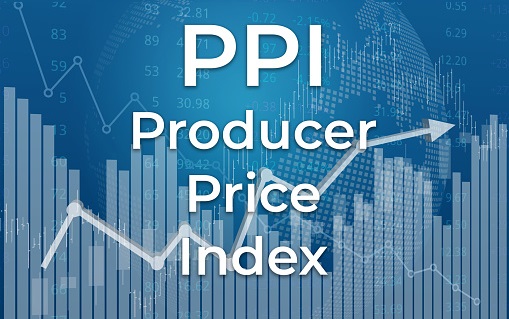The major theme during the early US session was US dollar weakness and stock gains as traders continued to come to grips with rapidly falling inflation in the US.
In the FX market the EURUSD pair hit the 1.1200 level, while the GBPUSD pair well and truly took out the 1.3000 barrier as sterling rallied towards the 1.3100 mark.
Producer prices for final demand in the US edged up 0.1% month-over-month in June 2023, following an upwardly revised 0.4% fall in May, and below market forecasts of a 0.2% rise.
Services costs went up 0.2%, the same as in May, led by a 5.4% advance in deposit services. The cost of food and alcohol retailing, traveller accommodation services, insurance, hospital inpatient care, and airline passenger services also moved higher. Conversely, truck transportation of freight declined by 2.1%.
Meanwhile, goods cost was unchanged, following a 1.6% decline in May. Price increases for gasoline (3.4%), electric power, beef and veal, chicken eggs, medical, surgical, and personal aid devices offset decreases in iron and steel scrap (-10.8%), diesel fuel, oilseeds, industrial chemicals, and residual fuels.
Year-on-year, producer prices were also up 0.1%, the smallest increase since the fall in 2020, and another big reason why FX moves were large in terms of more US bashing.
Weekly jobs data showed that the number of Americans filing for unemployment benefits fell by 12,000 from the prior week to 237,000 on the week ending July 8th, sharply below market expectations of 250,000.
The result aligned with recent data that underscored a stubbornly tight labour market in the United States, strengthening the likelihood of a 25bps rate hike in the Federal Reserve’s upcoming meeting.
Also, the four-week moving average, which removes week-to-week volatility, fell by 6,750 to 246,750. On a non-seasonally adjusted basis, claims rose by 6,928 to 258,614 as a sharp increase in New York (+8,188) offset declines in New Jersey (-3,437) and Connecticut (-1,609).
In the meantime, continuing claims edged higher by 11,000 in the previous week, but remained close to the downwardly revised, four-month low from the end of June, reflecting that conditions for jobseekers to find employment may be improving.




